 D-23 has only 2 ingredients but produces clean negatives with fine grain, excellent tonal separation and good film speed. D-23 is a very simple general purpose fine-grain formula.
D-23 has only 2 ingredients but produces clean negatives with fine grain, excellent tonal separation and good film speed. D-23 is a very simple general purpose fine-grain formula.
D-23 was introduced in the 1940s and has not been offered as a commercial product for decades but D-23 is so easy to make, you can mix it yourself, fresh every time ! You can use it once and discard it.
Try D-23 diluted 1:1. It's even cheaper that way and longer developing times give us better control when performing Development By Inspection - or when handling many sheets at once.
Note to Readers: As of 2020, I no longer shoot or develop film but I hope you find this article helpful.
D-23 is a general purpose one-bath developer. It is not the same as Divided D-23, a 2-bath formula. Divided D-23 is also known as DD-23. Divided D-23 is a "compensating" formula used to handle scenes of high contrast.
Are you looking for Divided D-23 ? See this article.
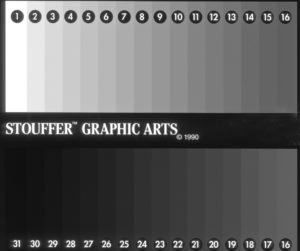 D-23 is not magic. It is not perfect. Other developers may offer modest improvements in grain or acutance or film speed - but there are few developers that are as simple and easy to prepare. With large format film what matters most is tonality and ease of control.
D-23 is not magic. It is not perfect. Other developers may offer modest improvements in grain or acutance or film speed - but there are few developers that are as simple and easy to prepare. With large format film what matters most is tonality and ease of control.
In the limited BTZS testing I performed, the effective film speed and contrast curves obtained with D-23 diluted 1:1 were virtually identical to those of other popular developers like D-76 1:1 and Pyrocat HD 1:1:100.
If we make huge prints, shoot very contrasty subjects, print with UV light or want exaggerated acutance, we may require special treatment. Otherwise, we are free to consider general-purpose formulas and secondary factors like simplicity, cost and toxicity. In that case, D-23 is an attractive option.
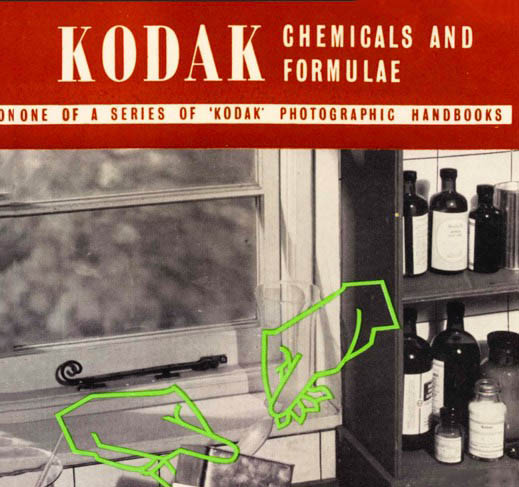 You might find it interesting to read this thread on Photrio which mentions the similarity of D-23 to the classic fine-grain developers Kodak Microdol-X and Ilford Perceptol. A dash of salt may be the only difference.
You might find it interesting to read this thread on Photrio which mentions the similarity of D-23 to the classic fine-grain developers Kodak Microdol-X and Ilford Perceptol. A dash of salt may be the only difference.
Of course in Chemistry, a dash of this or that can make a big difference: stability ? sharpness ? acutance ? tonality ? intellectual property ?
You can read more about the D-23 formula in the 1949 book Kodak Chemicals And Formulae. See page 12.
This famous 1944 Ansel Adams photograph was developed in D-23. You can purchase a copy of it from the Ansel Adams Store. Mr. Adams describes it in Examples: The Making of 40 Photographs, pp. 164: "I used my 8x10 Ansco view camera with the 23-inch component of my Cooke Series XV lens with a Wratten No. 15 (G) filter. The film was Isopan, developed in Kodak D-23."
This lovely photograph demonstrates that for beautiful images, we need an attractive subject and favorable lighting. Given those prerequisites, only routine exposure and processing are required, not a "magic" developer.

Winter Sunrise, Sierra Nevada from Lone Pine
Ansel Adams, 1944
Here are a few interesting quotes concerning D-23 from The Darkroom Cookbook, by Stephen Anchell:
"Developers are made up of four basic components:
- Developing agent
- Preservative, which slows the rate of developer oxidation
- Accelerator (or alkali) which energizes the developer
- Restrainer, which restricts the formation of excessive fog and/or slows the rate of development.
All four of these components are necessary for the development process to be successful. Often, however, one chemical will serve more than one function. For example, Sodium Sulfite is usually used as a preservative to prevent oxidation. In the film developing formula Kodak D-23 the large amount of Sodium Sulfite (100 grams) serves to create an environment sufficiently alkaline that the developing agent, Metol, can reduce the Silver Halide without an additional accelerator. As development proceeds, soluble Bromide is precipitated out of the film, acting as an effective restrainer. D-23 has only two chemicals - Metol and Sodium Sulfite - yet as a developer it has all four of the required components" - pp. 40
Anchell mentions that many general-purpose developers contain 2 developing agents, like D-76 which uses Metol and Hyrdoquinone: the two agents work faster together. This is known as Superadditivity. However....
"Kodak D-23 This is a semi-compensating developer that produces fine shadow values while retaining a high emulsion speed... Note: This developer produces negatives of speed and graininess comparable to Kodak D-76, without D-76's tendency to block highlights. " - pp. 150
When you mix your chemistry fresh every time, there's no danger of stock solution going bad on the shelf. If you've ever had the experience of using expired chemicals, you'll appreciate this point.
| Ingredient | Full Strength | 1:1 Dilution |
|---|---|---|
| Metol | 7.5 g | 3.75 g |
| Sodium Sulfite | 100 g | 50 g |
| Water to make | 1 Liter | 1 Liter |
Developing times for D-23 are similar to those of D-76. For normal treatment, I develop Kodak TMAX 400 and Ilford HP5+ for around 9 minutes in D-23 1:1 at 70 degrees Fahrenheit (21 degrees Celsius), using tray development with the shuffle method. I usually process 5 to 12 sheets at a time: agitation is not continuous but frequent. The resulting effective film speed is ISO 250.
In the USA, a good source for materials is Artcraft Chemicals.

Typewriter, 2014
Kodak 2D, 10 3/4" Goertz Red Dot Artar
5x7 Ilford HP5+, D-23
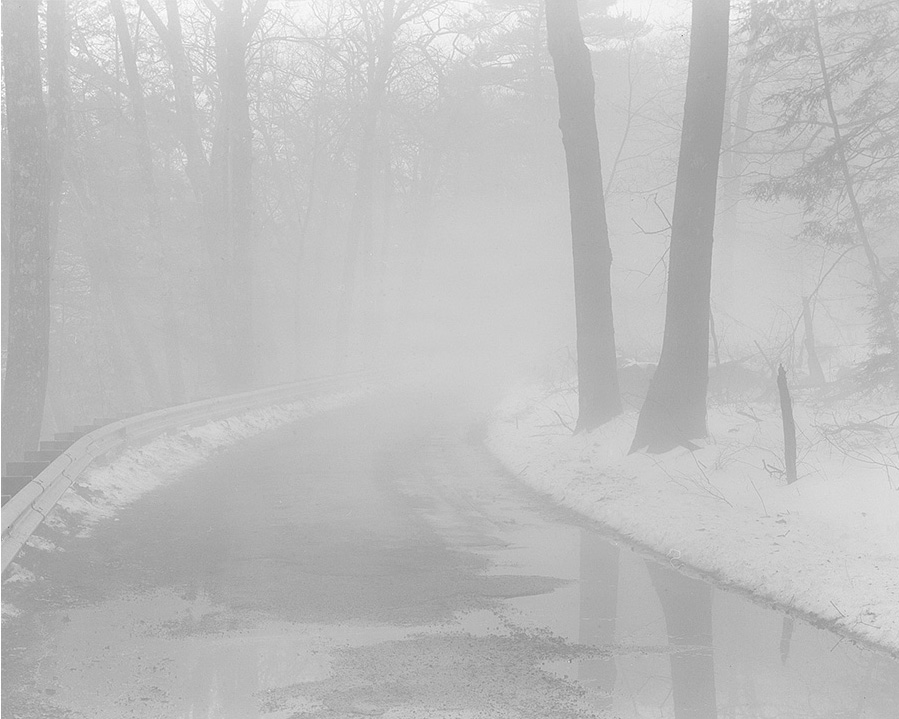
Massachusetts, 2013
Kodak 2D, 10 3/4" Goertz Red Dot Artar
5x7 Ilford HP5+, D-23

Plant and Shoes
Sinar P, 200mm Nikkor M
4x5 Kodak TMY, D-23

Pottery, 2014
Sinar P, 190mm Bausch & Lomb Tessar
4x5 Kodak TMY, D-23

Architectural Detail
Sinar P, 450mm Fujinon C
4x5 Kodak TMY, D-23
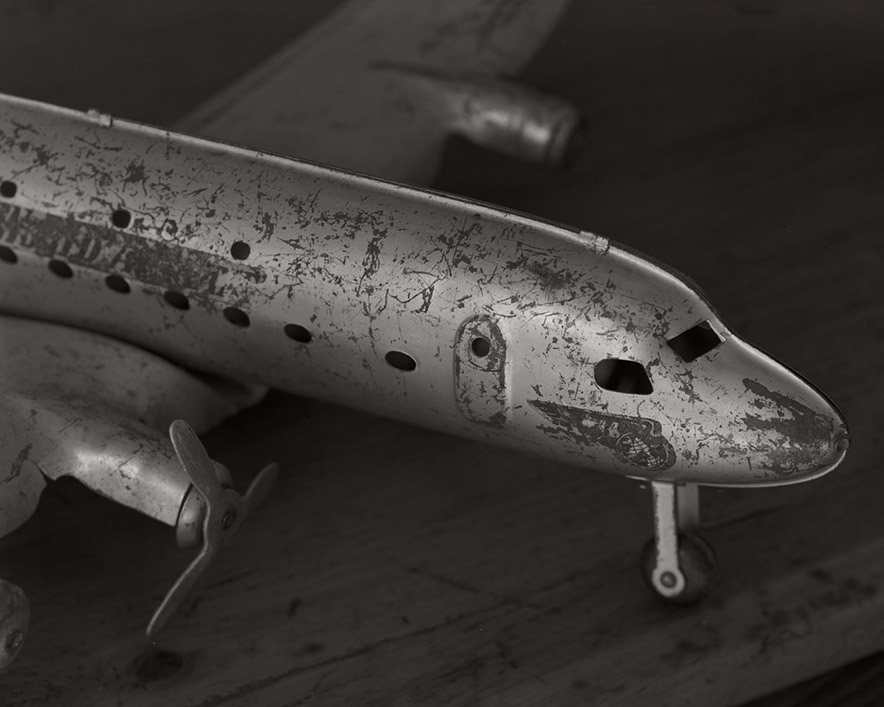
Antique Model Airplane
Sinar P, 210mm Macro Sironar
4x5 Kodak TMY, D-23
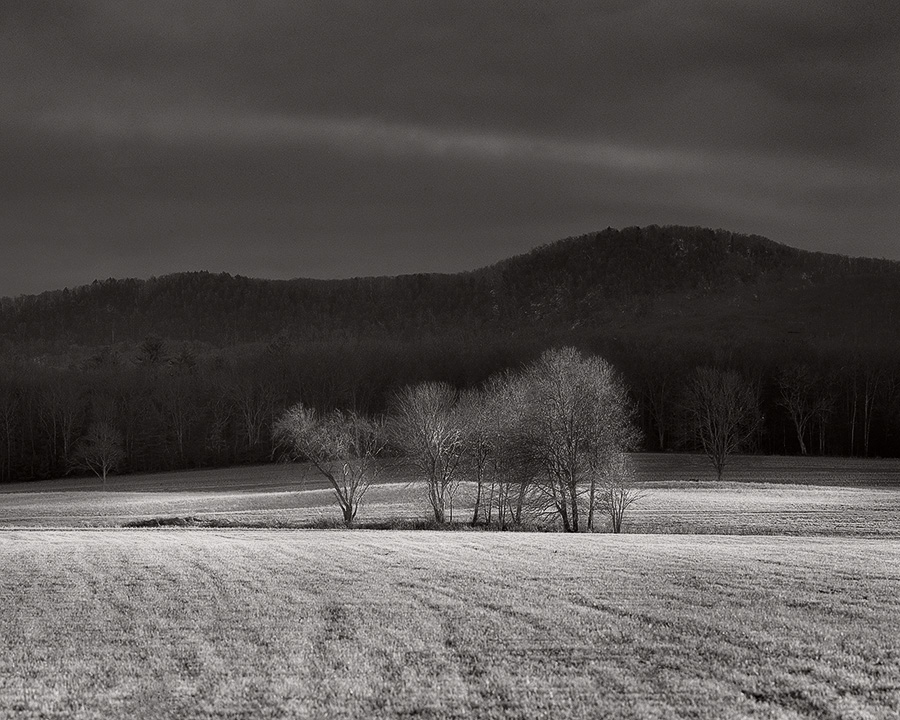
Massachusetts, 2015
Sinar P, 450mm Fujinon C
4x5 Kodak TMY, D-23

Family Portrait, 2017
Tachihara Field Camera, 200mm Nikkor M
4x5 Kodak TMY, D-23
Click twice for full size (32x40 inches on a typical monitor)

Massachusetts, 2017
Sinar P, 240mm Fujinon A
4x5 Ilford FP4+, D-23

Massachusetts, 2018
Sinar P, 200mm Nikkor M
4x5 Kodak TMY, D-23

Massachusetts, 2019
Kodak 2D, 10 3/4" Goertz Red Dot Artar
5x7 Ilford HP5+, D-23